Africa – Zimbabwe (north) – Victoria Falls, Mana Pools
The placid waters of the Zambezi River lapped gently against the side of our canoe. There, near the shore of a large sand-spit, the current was soft and easy. It was a peaceful, calm evening. Wild game was everywhere, elephants, hippos, crocodiles, innumerable birds.
But the young bull elephant, standing 20 feet away from us, was NOT peaceful and calm. We were too close, and he was letting us know. Shaking his head, flaring his massive ears, and waving his tusks menacingly, he certainly had ME convinced to get the hell out of Dodge. But my guide was unimpressed.
“He always does that — he’s just showing off” was his reassuring (?) comment.
We were visiting Mana Pools National Park, at the north-central border of Zimbabwe, and our guides from Vundu Camp were hosting an evening canoe trip a few miles along the southern bank of the Zambezi. We had been in Africa for over two weeks, but every hour of every day was still a surprise to us. Yes, and usually a pleasant one. <grin>
Several days previous, we had flown from Namibia to Zimbabwe, landing at Victoria Falls. Our only goal in going to “Vic Falls” was to see the famous River flowing over the famous drop. But in fact, although not expecting it, we encountered some wildlife there as well, even confined as we were within the bounds of a significant township.
Our first hint (that we were not alone) was the presence of large elephant-dung piles along the sidewalks and pathways. And then we found this sign too. The locals seemed unconcerned, but we were required to walk from our hotel with a guide.
The Victoria Falls Hotel was built during the colonial period, and its style and grace have been nicely preserved. It was easy to feel like we were visiting mid-20th century Africa, with ease and luxury amidst vast wildlands. On the Hotel lawns, and generally around town to some extent, baboons and warthogs tried to coexist with the humans. Sometimes it was peaceful.
But there were times when the groundskeepers had to take a heavier hand — usually with the baboons, who would steal anything from anywhere, especially if a guest left a window open. Either a slingshot, or more rarely a 22 rifle, could be seen deployed. Seldom if ever used though, for the baboons flee instantly at first sighting.
But of course the big attraction is the Falls, and we spent a full day walking around them and flying over them.
It turns out, most times of the year it’s very hard to get a good shot of the Falls from the ground. The mist rises from the pounding waters, and while it has a charm of its own, the mist pretty much obscures any decent possibility for photos.
Here’s the big mist cloud rising above the Falls by hundreds of feet (seen from our hotel).
And this is one of the better shots from the walkway (south side).
Aviation, now, that’s a different story. We plunked our cash down for a helicopter ride, and it was absolutely money well spent. The standard ride (there are as many as 6-8 in the air at a time on busy days) runs a figure-eight around the Falls, affording every imaginable angle for pictures. These are just a few from my collection.
After we returned from our 4-seat helicopter ride, we discovered that there were other options to see the Falls. Upon reflection, we were content with our choice.
There are a few things to do around the town of Vic Falls — shopping, looking around, etc. I liked taking pix of the tame-ish baboons and warthogs.
But to be honest, Vic Falls is a one-trick pony. Seeing the Falls, and also canoeing or kayaking the Zambezi (which we reserved for later) — the Falls are IT. Yeah, you can bungee-jump off the big bridge — but this seemed pretty hokey to us; the Falls aren’t special enough, you have to hang upside down by a rubber band to enjoy them? Not so much.
In short, seeing the Falls is pretty much a must-do, and they have made the town’s airport an international port-of-entry and thus an economic boon to the area. That said, the sad state of Zimbabwe’s economy, and horrific unemployment levels (30-80% depending on who you ask), have given rise to innumerable “entrepreneurial” enterprises — mostly street vendors hawking souvenirs. For whatever reasons, the ones in Vic Falls are extremely populous, and pernicious. We had maybe 10-15 aggressive vendors approach us in the two-block walk into town. It’s certainly better than a high crime rate, but it does detract somewhat from the visit. Oh well.
I could write more about this unique town, but the rest of Zimbabwe is “waiting” – – –
MANA POOLS
We left Vic Falls on our first non-international flight of our trip (#6), and headed east to Mana Pools National Park via “bush plane”. (Actually, compared to my personal experience in bush flying, it was a pretty big airplane – a six-seater Cessna 206.) We were booked at Vundu Camp, and we were really looking forward to (among other activities) a planned canoeing safari on the Zambezi River (downstream from those famous Falls).
Interestingly, our “bush” experience began even before arriving at camp. Just as we were flaring to a landing, the pilot goosed the throttle and put the airplane down about 100 yards further down the airstrip. A small band of impala scooted across the runway underneath us — just a typical day flying the bush.
We then discovered that we had arrived at a lonely, unpopulated bush airstrip, buried deep in the National Park, surrounded by wild lands and wildlife of all persuasions, about an hour before dark — with nobody to meet us. We hung around for a half-hour, but it was clear that we were without a ride to camp — in lion, elephant, and buffalo territory.
Just as we were about to leave (for the pilot’s overnight destination), a safari truck from a different camp just happened to wander by. The group graciously offered to side-track their game-viewing and give us a ride to our camp — so we squeezed 9 people into a 7-seater and trundled down the rutted, dusty road to Vundu.
We entertained ourselves along the way by imagining a night out alone, in the bush, on the ground all by ourselves. An interesting mental (and emotional) exercise.
Arriving at Vundu, we discovered that our guide was waiting at the NEXT airstrip, and both he and the pilot showed up at camp also, shortly after we did. All’s well that ends well.
Vundu Camp
Vundu Camp, like many was built from “tent cabins” — wooden framework, thatched roofs, treated canvas walls. Our room was spang on the bank of the Zambezi, with a view unmatched. Also like other camps in wild country, strict rules were in place: NO WALKING AT NIGHT (only with a guide).
The animals are not hostile, but they will simply walk right over the typical unwitting tourist. And they routinely come through camp (elephants and hippos mostly), and not always at night. In fact, several times during our stay, we couldn’t even walk in camp during daylight hours, due to grazing elephants. Here’s one: our room is just behind his rump.
The Wild Dogs
On our first morning at Vundu, our guide (Simeon) informed us that some wild dogs were reported at a known den, and did we want to go try to find them? Oh hell yes.
We trucked out away from camp for 20 minutes or so, then dismounted and walked into the bush, single file (more about this later). Then, when the bush got really dense, Simeon said we were “near”, and (very firmly) “Get down on your hands and knees and be quiet, no talking!”.
After about 30 yards crawling through the brush, we stopped at a point that was 20-50 feet from the den. There were adults and puppies, all moving around and pretty excited.
As luck would have it, we had stumbled on a very rare circumstance — the dogs were just finishing up feasting on an impala kill. The bright-red rib cage spoke of how fresh the meat was.
The adults seemed fairly fastidious, ripping off chunks and gulping them down. Juniors, however, just dived in and gave themselves red manes, with little care for lingering scent (or appearance for that matter).
The youngest pups weren’t even weaned yet, so the meat was not all that useful. But one youngster seemed to know that it was “important” — he strutted around with a big piece of loin, clearly a macho dude, but not really knowing what it was that he was supposed to DO with it.
We crouched and watched them for a LONG time, took scores of pictures, and had a thoroughly marvelous experience.
After our time with the wild dogs, we learned that BBC had visited Vundu earlier in the year, and had done an extensive session filming the dogs and documenting their lives in the area. Our previous experience with BBC is nothing short of extraordinary (Blue Planet, Planet Earth, etc.), and when we learned that David Attenborough himself had been at Vundu, we were simply awestruck. The Wild Dogs special is due to be released in October or November of 2018, and is simply not to be missed.
The Guides
Vundu is one of the many (but by no means all) camps in Africa which host walking safari activity. For this, the guides must be educated, trained, licensed — and armed. Fireworks are rarely required — but it does happen, and the guides must be ready and equipped. Minimum “currency” requires training at the range four times a year, and some guides are far more proficient than that.
The first rule for walking is single file and quiet. This presents the least perceived threat to wildlife, and therefore the least chance of retaliation (charge or counter-attack). When the guide sees a low-risk environment, he’ll shoulder his weapon.
If things seem a bit more chancy (close brush, excited animals, etc.), he’ll go to a more-ready posture.
Simeon chose the .458 Lott, a cartridge based on the venerable 375 H&H Magnum, but opened up to a full .458 slug. Why? Because if things got twitchy-out-of-hand, the most dangerous animals required all the knock-down power possible. This cartridge is capable of literally knocking-out an elephant, even if a critical brain shot is missed.
The Fauna
We spent great deal of time simply driving or walking around and looking at the landscape, watching for wildlife, and — simply enjoying Africa. There was never a lack of wild critters, large and small, and I have (literally) thousands of photos of animals to be seen nowhere else on Earth.
Even at those rare times when no wildlife was in sight, we were always aware of their presence via tracks and scat. And although some of the “sign” was readable only by our guides, some of it was as plain as a billboard. Hippo and elephant were the easiest; snake and baboon were not too difficult. [Hyena and lion I don’t even have photos of, they were so relatively difficult to discern. When we did see them, it was mid-day, and the tracks were invisible to the camera.]
And of course there’s the droppings (poop, scat, dung, turds — so many names for excrement <grin>). All of the scat has unique characteristics, and even for us novices was easy to identify. But I think the most unique “traces” were from hippos, who nearly always furiously wag their tails while crapping. It spreads the manure over a huge area. There are a lot of theories about why they do this. Look it up, it’s pretty amusing.
In a bush camp, almost every day begins and ends with a “game drive”, a motored or walking tour through some section of the Park, to see the landscape and the wildlife.
Our soft tent-cabin walls would not respond to knuckles — this required a verbal “knock, knock” each morning for our wake-up call. Softly uttered in the gentlest possible fashion, it awoke us from sound slumber to a black-as-pitch darkness.
We quickly got accustomed to a pre-dawn breakfast, followed immediately by a sunrise sojourn through the bush, and several hours of wandering in the low morning light. Later in the day, around 3-4PM, would commence an evening drive to watch the action as animals rose for their sunset feeding and activities.
In between, there was lunch, and a much-appreciated siesta. Vundu has a viewing platform behind the main lodge, overviewing a wet, marshy area and its surrounding banks.
It was really nice to relax there, in between morning and evening game-viewing drives, and see what popped up. It could be baboons grooming or mongooses hunting; one day it was a giant water-monitor (lizard); another time, the local elephants indulged in mud-baths. Wonderful stuff.
Canoeing on the Zambezi
One of the features of Mana Pools that we were eagerly anticipating was the ability to go onto the Zambezi, a “canoeing safari” so to speak. We were not disappointed. The canoe experience is not only peaceful and placid for us, the canoers, but also it is non-threatening to (most of) the animals along the shoreline. I think the hippos were the exception to this; being water-home animals, they seemed more upsettable by our presence, and we had to take extra care near them.
Hippos, crocs, and elephants were always in plentiful supply along the river bank, especially in the late-afternoon hours. In addition, birds of all shapes and sizes were on display. All I had to do was keep my camera dry — and occasionally paddle.
On one of our canoe trips, we needed to return to our destination straight across a fair stretch of river, maybe a quarter mile or more. As we proceeded, our guide cautioned me:
“Greg, I know I told you that you don’t need to paddle, just relax and take pictures. But we need to get across this area before those hippos drift down into us. So I need you to paddle.”
“Now.”
And so I did paddle, with vigor.
“Harder”, said Simeon. Not desperate or urgent, but definitely not relaxed. I paddled harder.
We made pretty good headway, and I watched the hippos cross well behind us. Pant, puff, pant, puff, went my lungs.
Our reward waited on the river bank, a nice “sundowner” setup with drinks and smiles all around. Later, a delightful riverside group dinner, wood-fired barbeque, candle-lit bunkhouse table with all the trimmings, stories abounding. I’m telling you, living in the bush is rough, but somebody has to do it.
In addition to all of the fun and sights, we also found the guides and camp managers to be some of the most enjoyable people of our many travels. Nick, Simeon, Daryl, and Melanie were gracious, friendly, humorous, intelligent and knowledgeable — in short, the kind of people you can spend hours or days with and never get tired of.
Folks — we miss you, we’ll see you again. Keep up the great work.
The AFRICA SERIES
Our complete Africa trip involved six weeks, 11 airplanes, almost 100 hours of air-travel time, and three countries.
The trip was planned and booked by http://www.africa-adventure.com/, HIGHLY recommended.
I took over 7,500 photographs, of which about 5,500 were worth keeping for one reason or another.
This post is the second of the first four posts about our trip. Here are links to the others:
- Namibia — https://www.divver-city.com/blog/2018/08/24/africa-namibia/
- Zimbabwe (central) — in progress#
- Zimbabwe (south) — in progress#
- Cape Town — in progress#
Due to the incredible amount of things we saw and learned, I may publish even more posts, either some greater details or perhaps focused on specialized subjects. Only time will tell.
STILL CURIOUS?
- Victoria Falls – https://en.wikipedia.org/wiki/Victoria_Falls
- Victoria Falls – https://victoriafallstourism.org/
- Mana Pools – https://en.wikipedia.org/wiki/Mana_Pools_National_Park
- Mana Pools/Bushlife – http://www.bushlifesafaris.com/11-things-not-know-mana-pools-national-park/
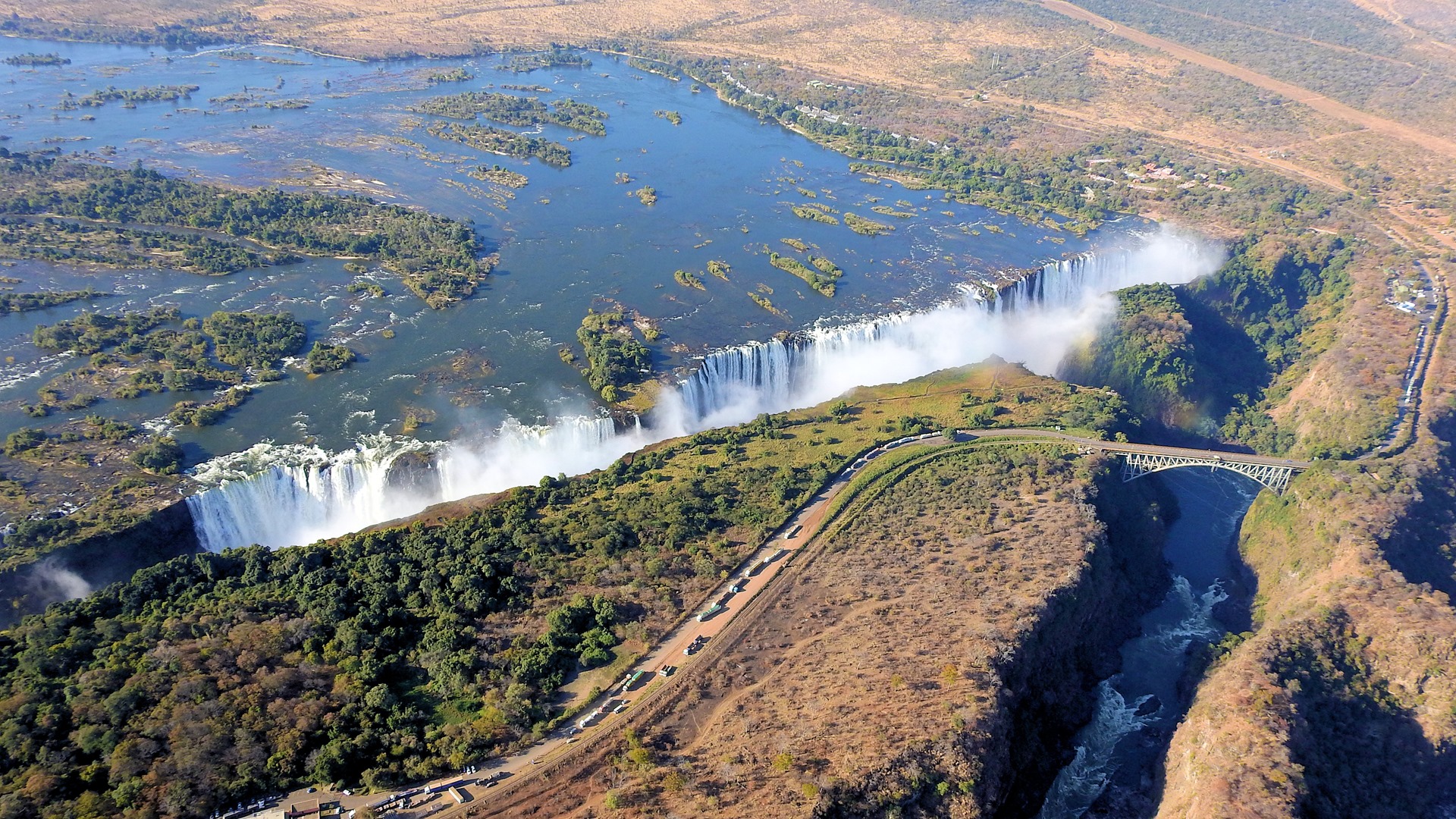
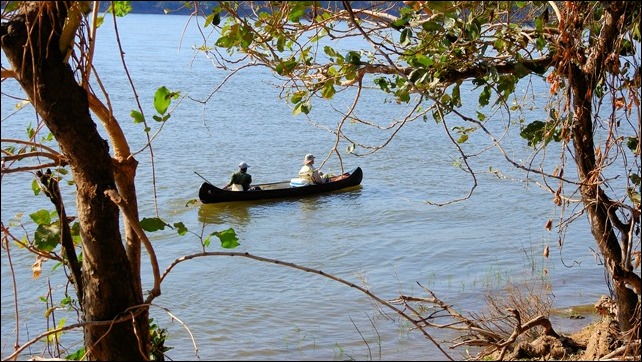
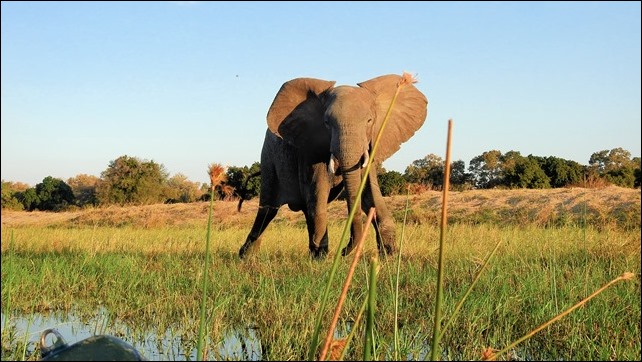
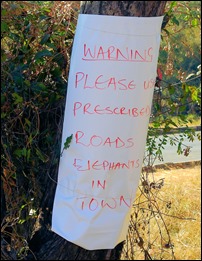
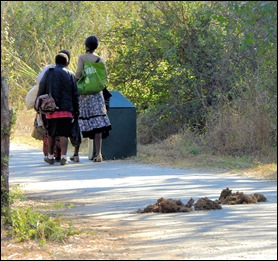
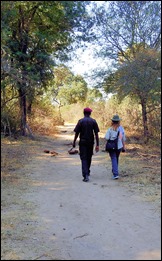
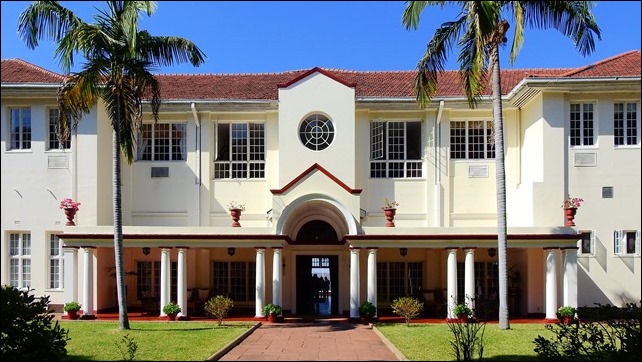
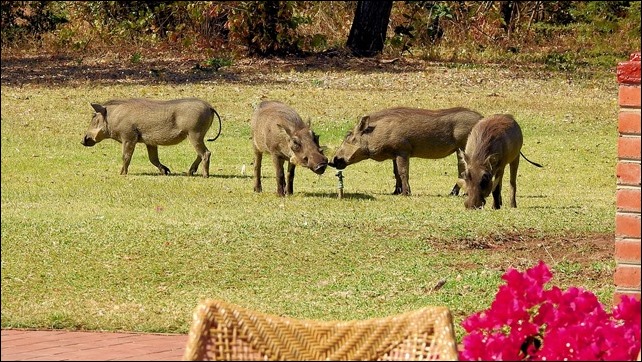
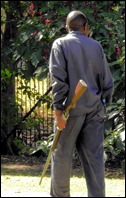
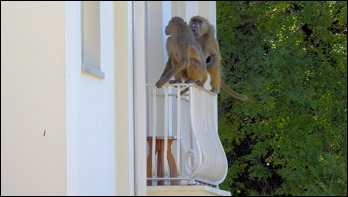
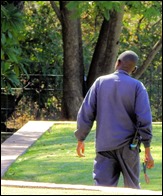
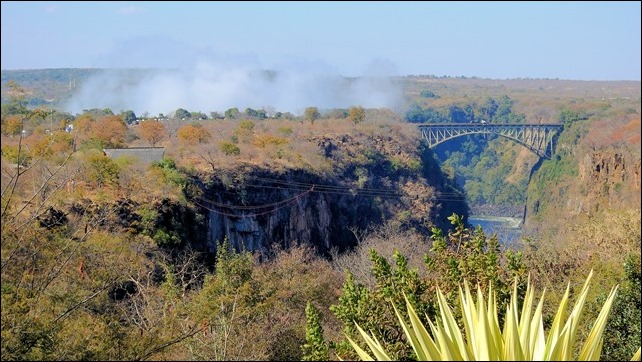
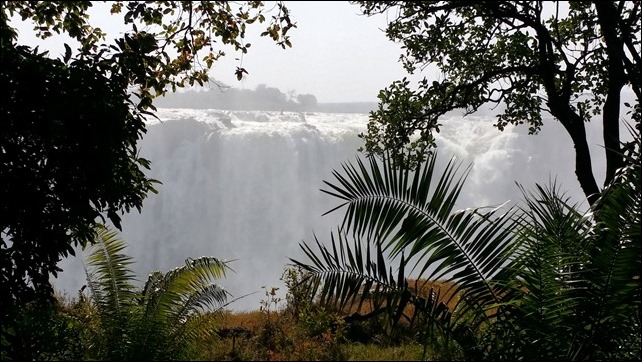
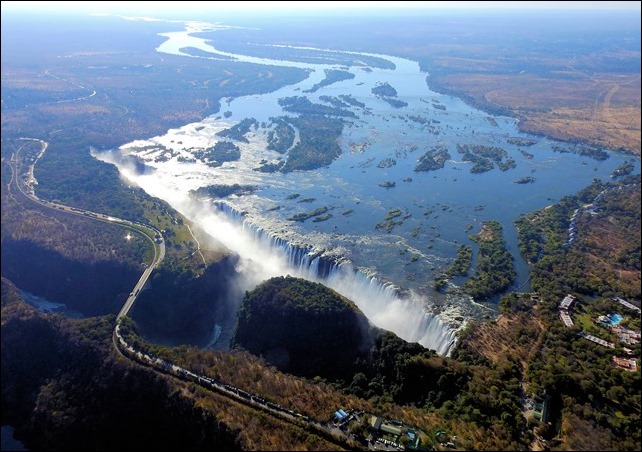
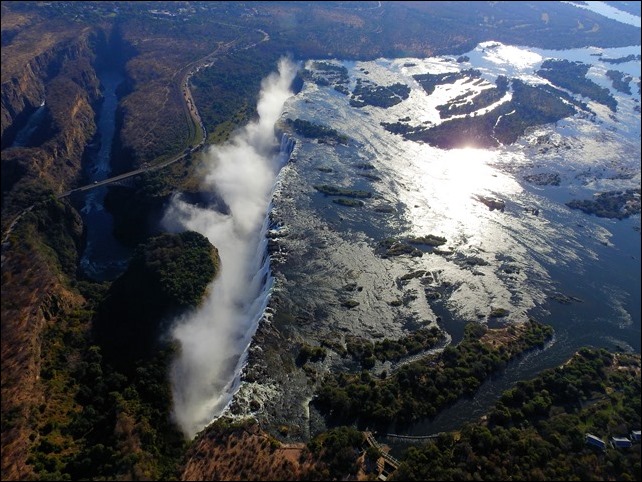
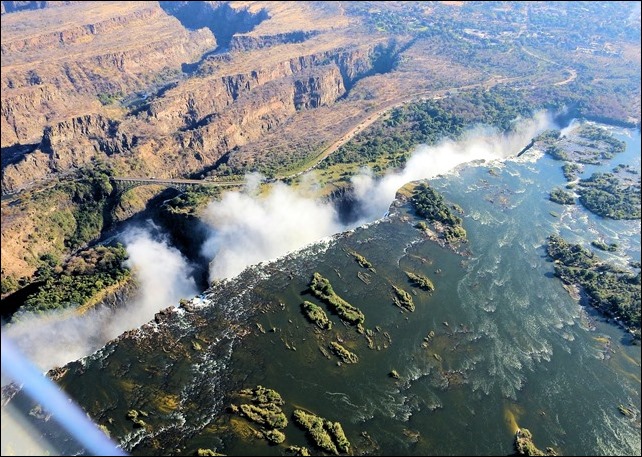
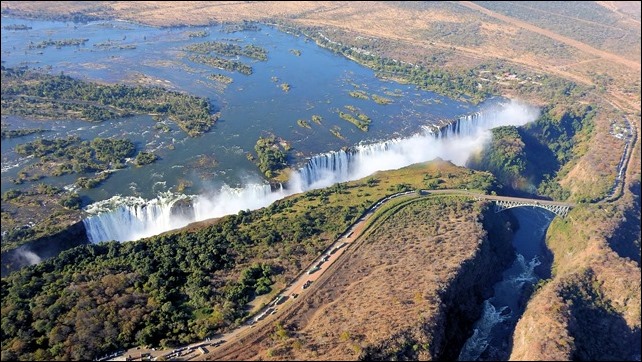
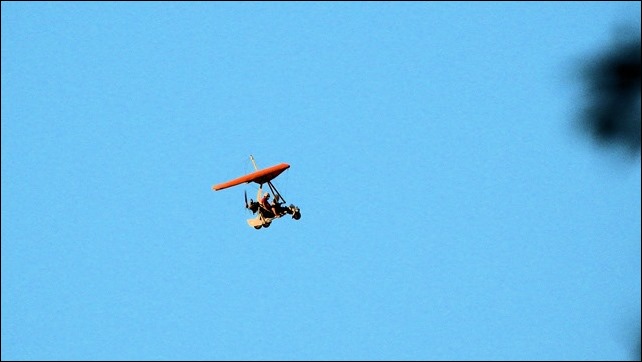
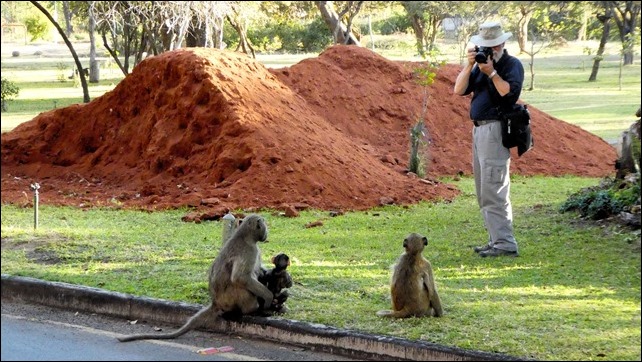
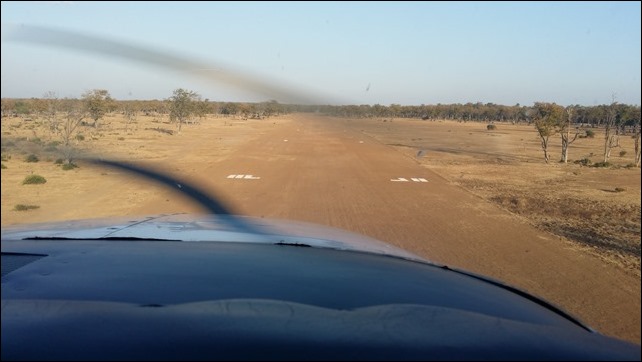
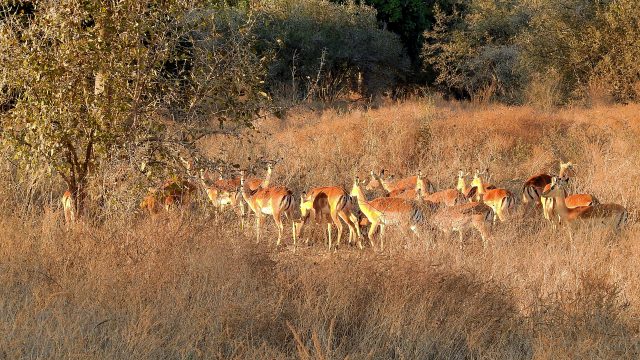
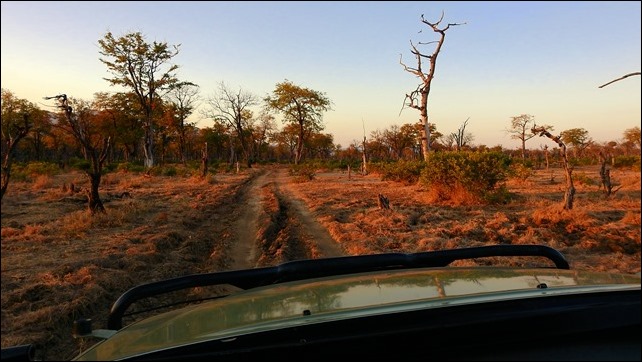
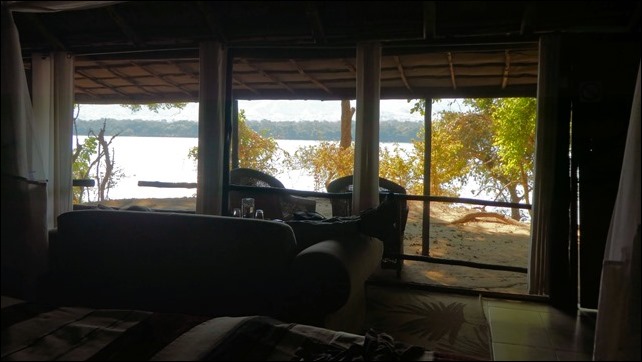
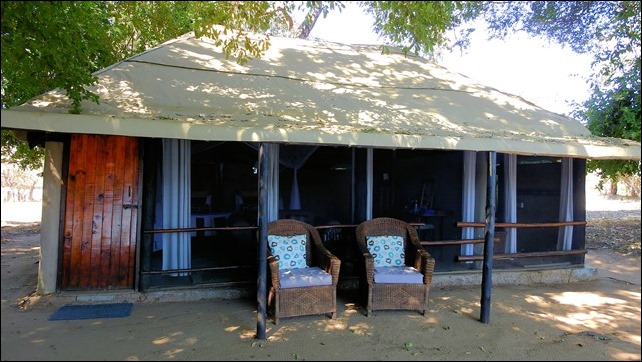
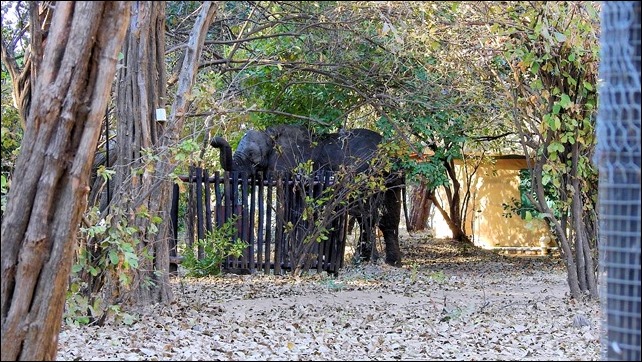
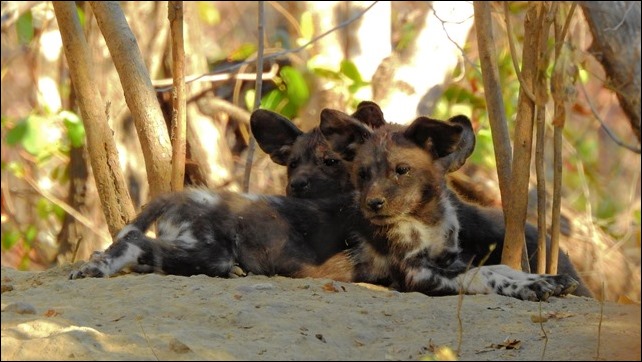
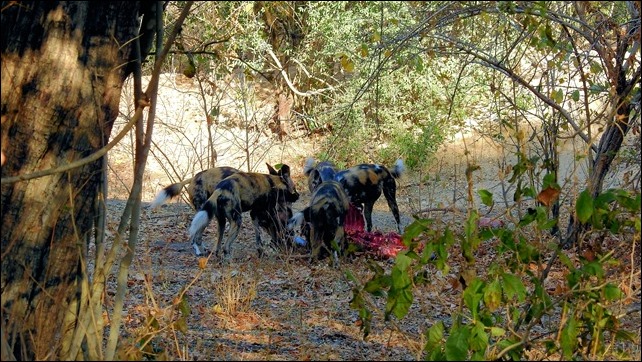
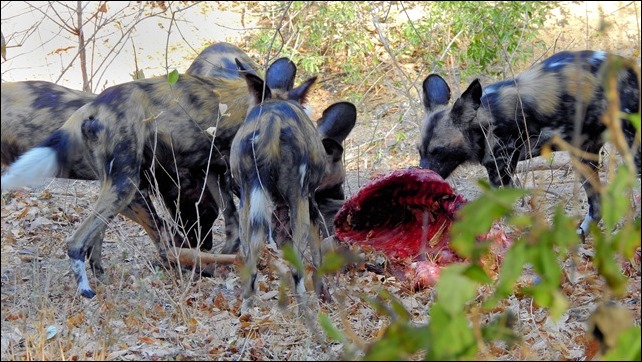
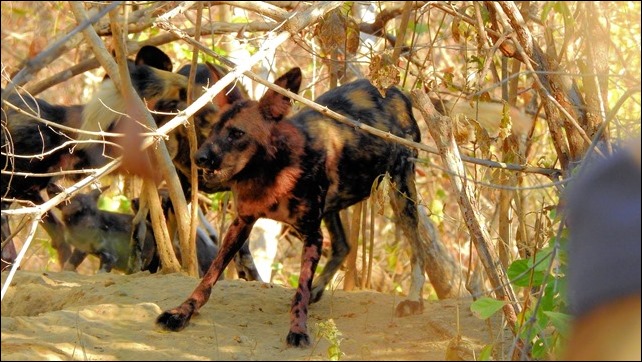
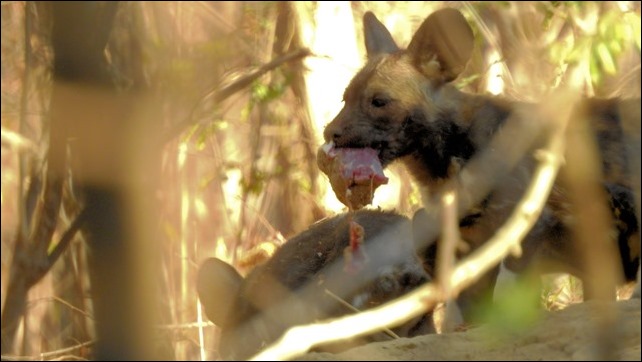
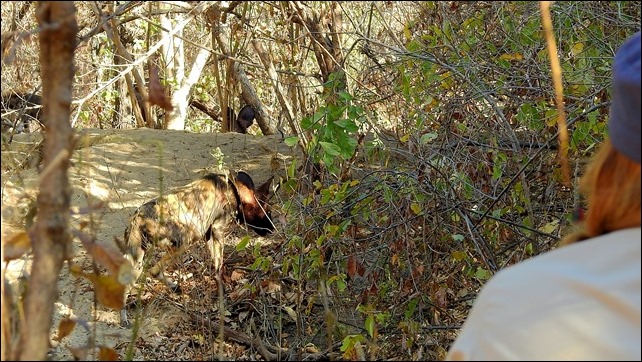
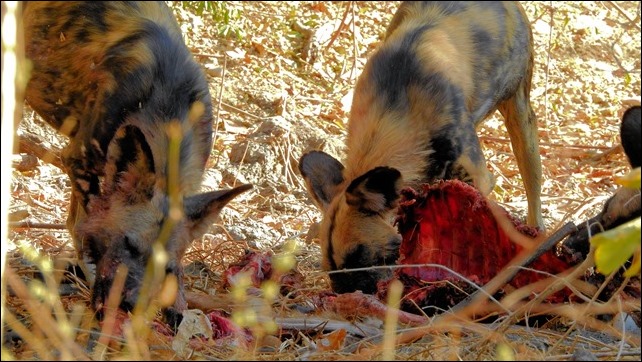
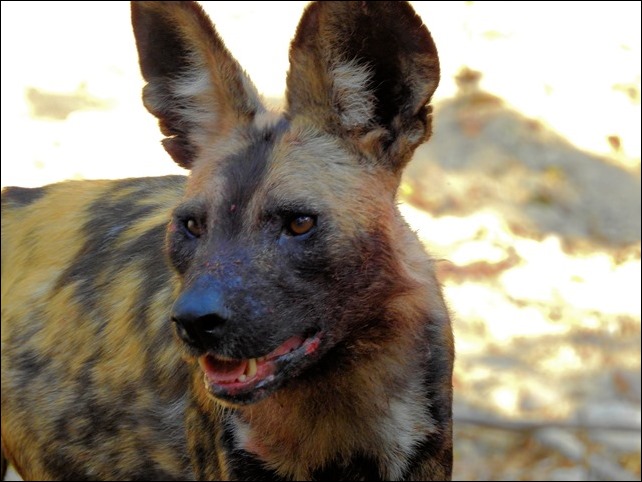
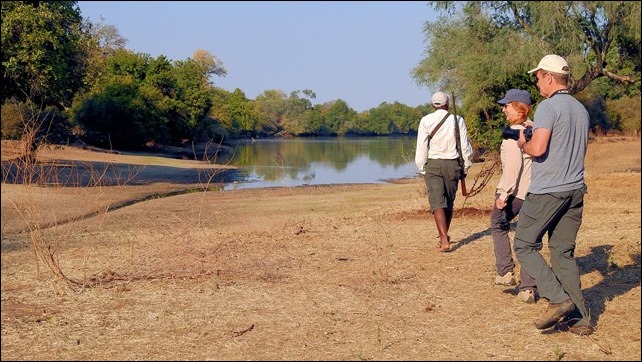
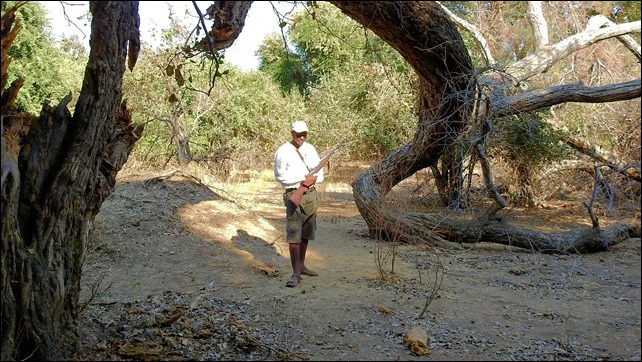
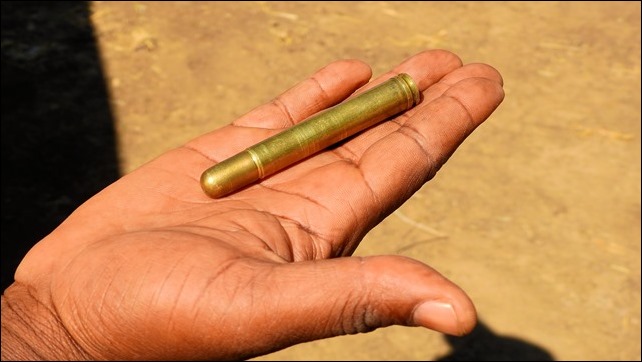
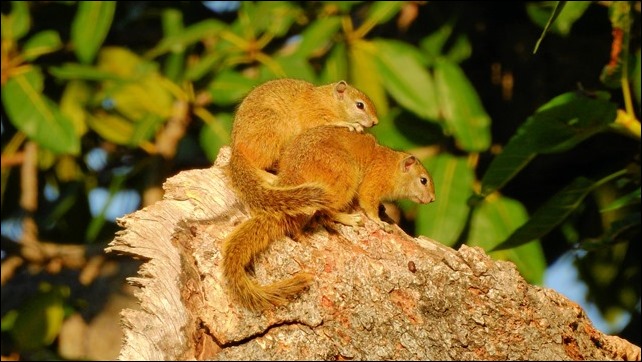
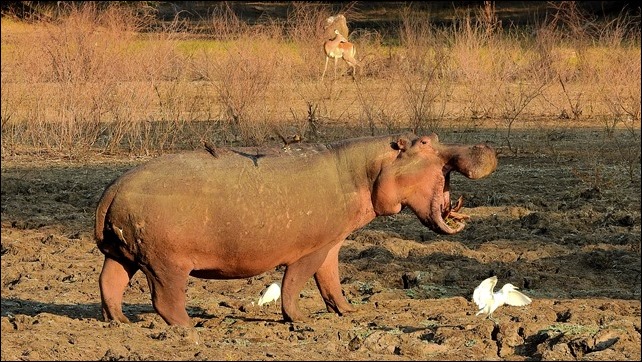
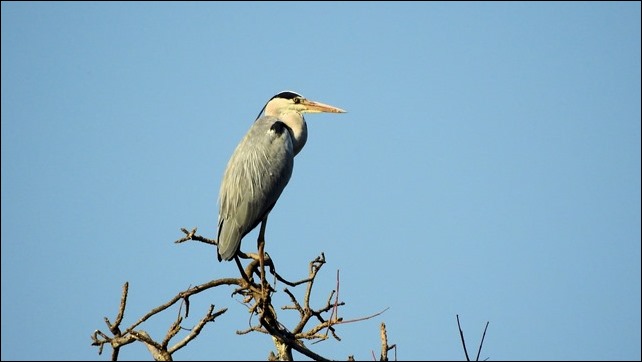
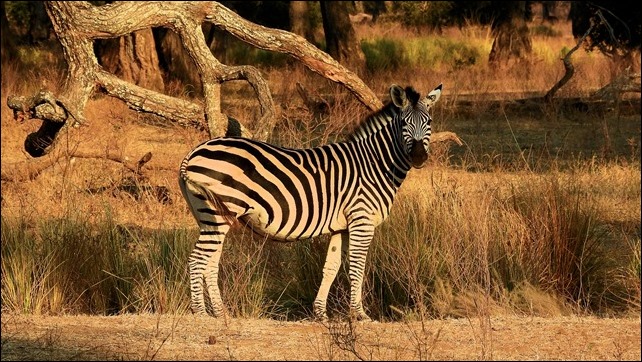
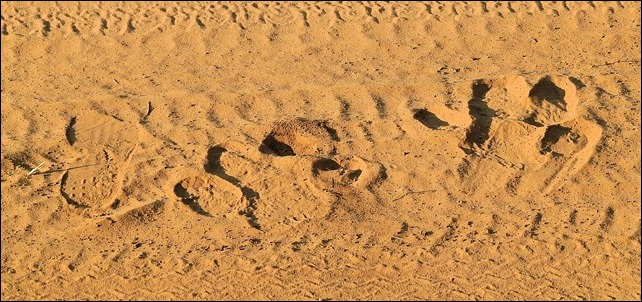
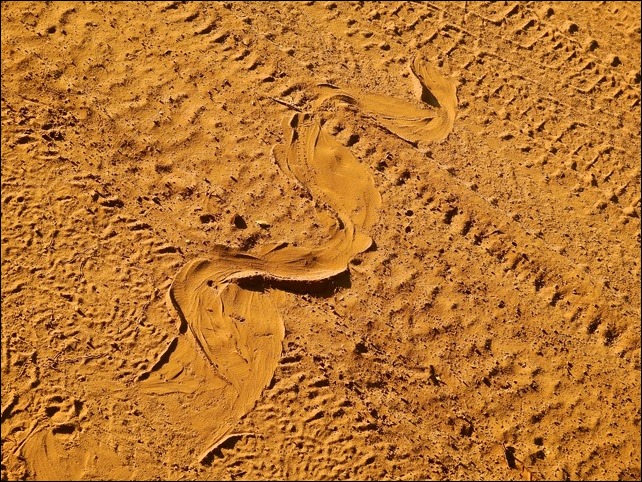
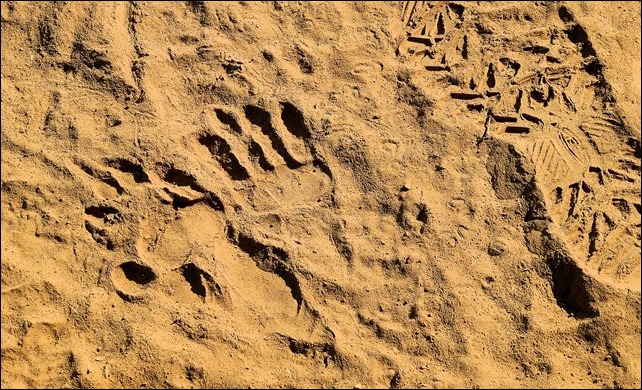
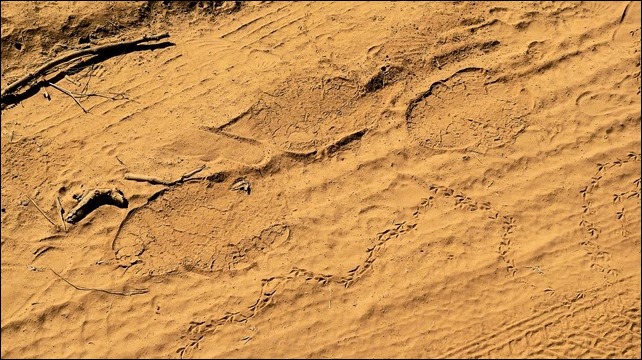
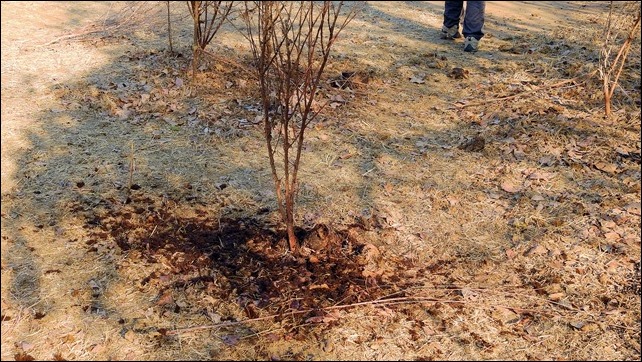
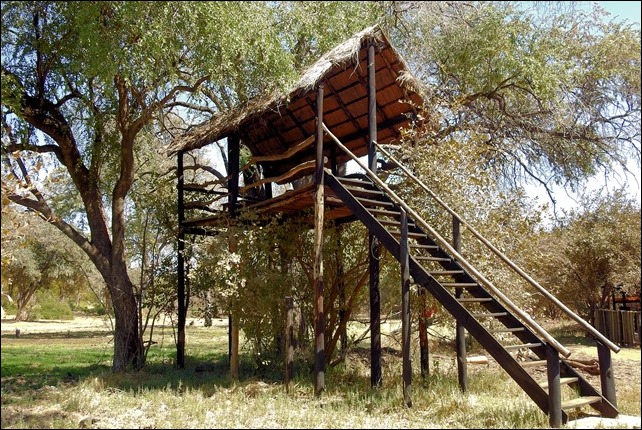
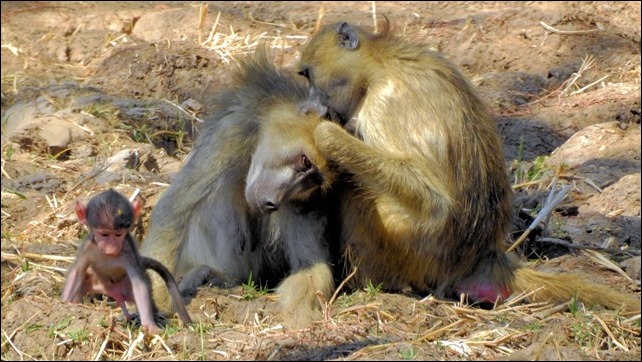
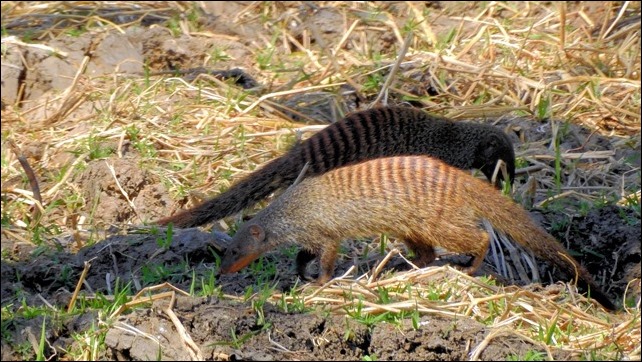
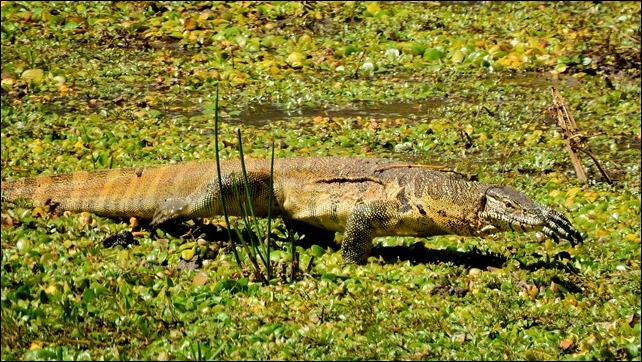
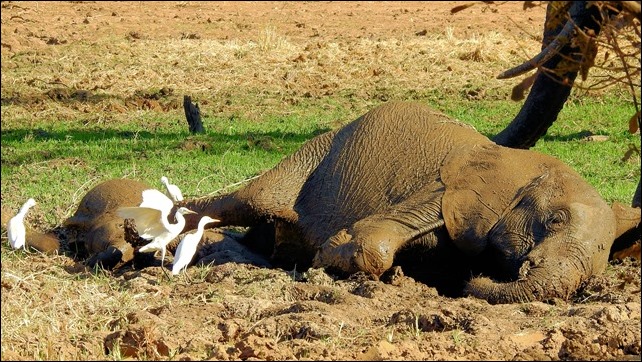
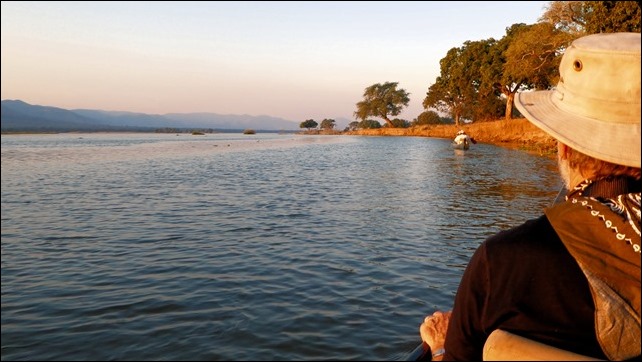
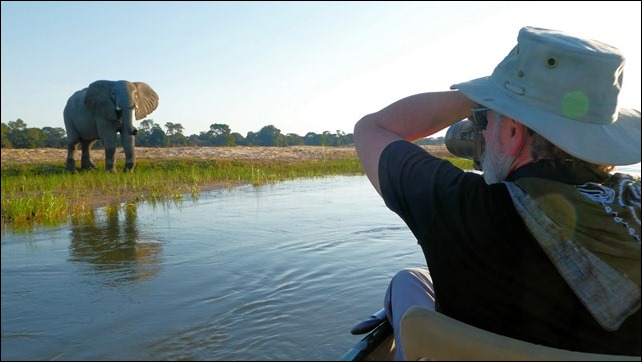
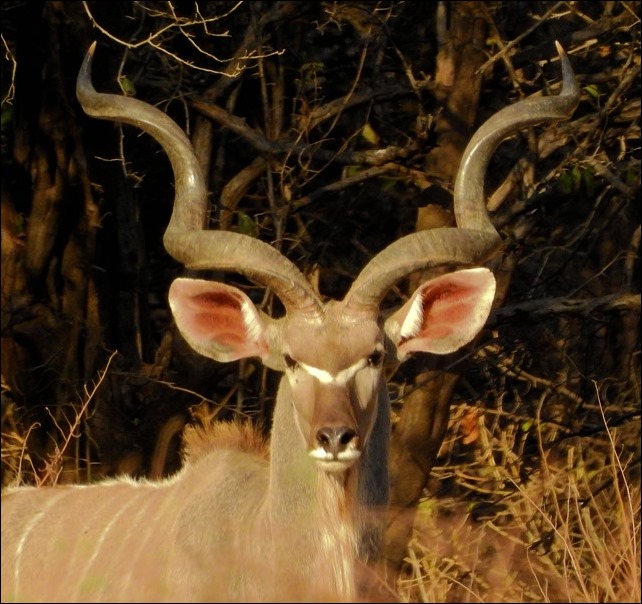
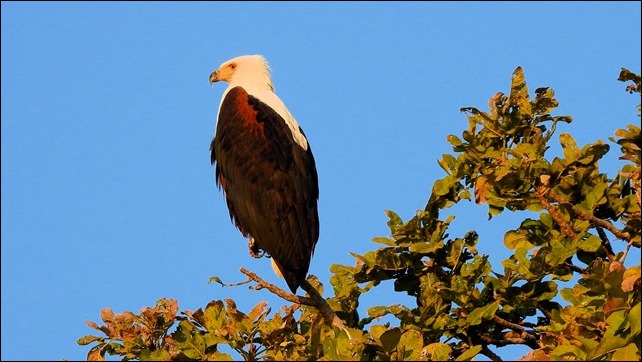
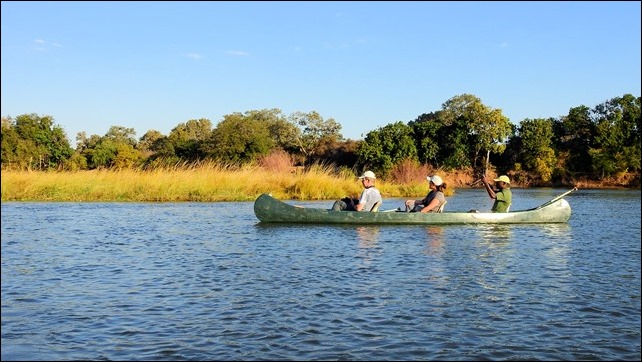
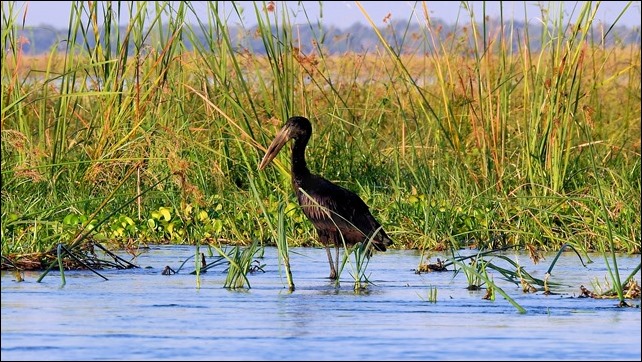
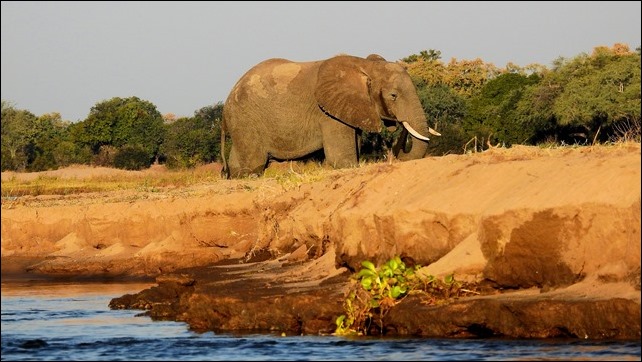
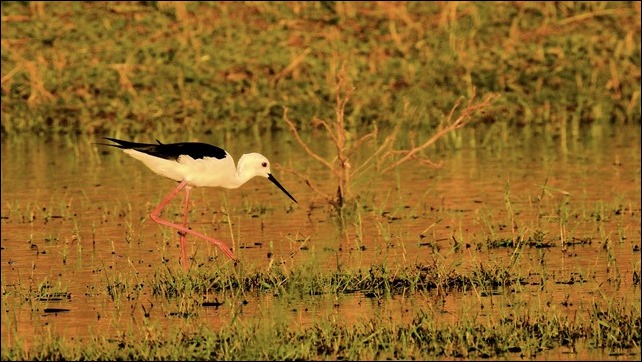
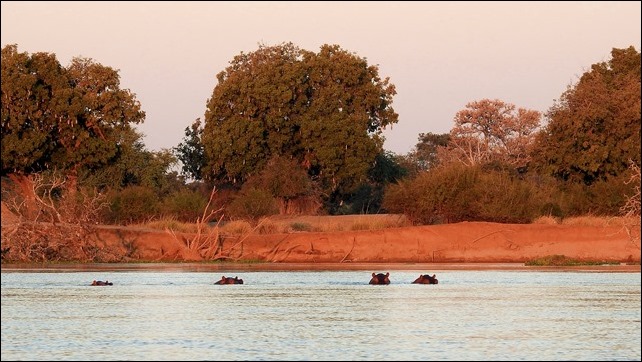
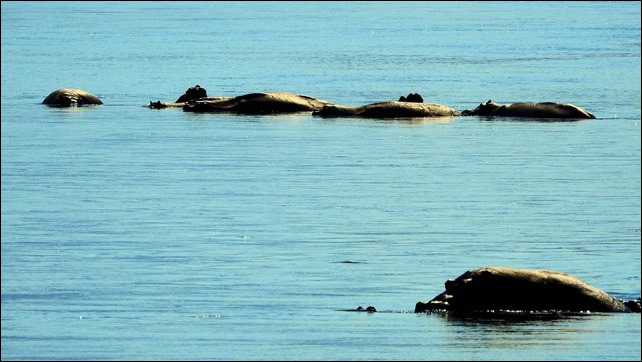
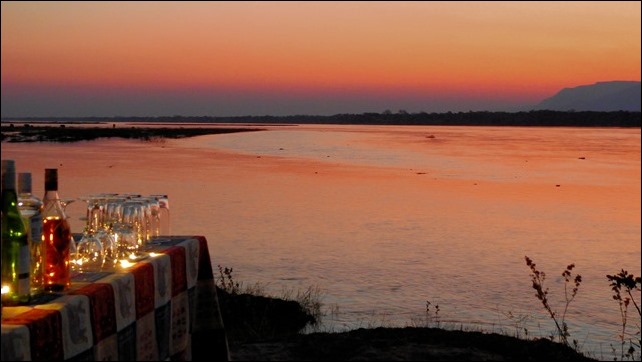
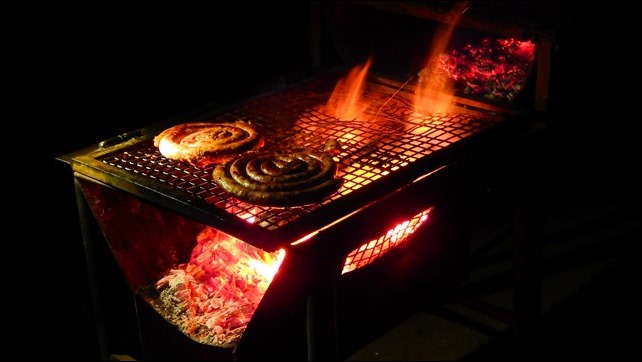
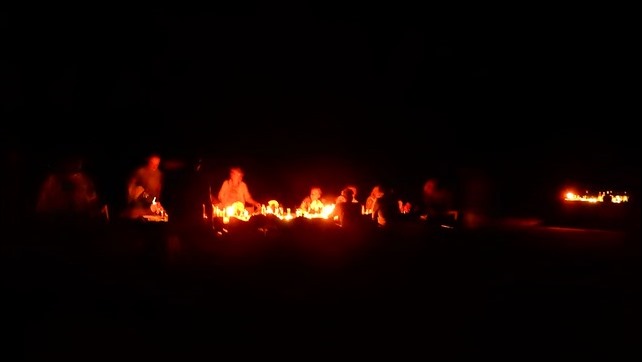
SO LOVED SEEING YOUR FABULOUS PICTURES!! WOW, WOW, WOW—–I REALLY NEVER REALIZED THE GRANDEUR OF VICTORIA
FALLS—-THANKS SO MUCH FOR THE UP FRONT VIEW OF ALL THE ANIMALS AND YOUR EXCELLENT COMMENTARY. WHAT’S NEXT==PRETTY HARD TO BEAT THIS TRIP. CIAO, IRENE
Absolutely amazing! Thanks Greg!!! The photos are coffee table book material. Diane